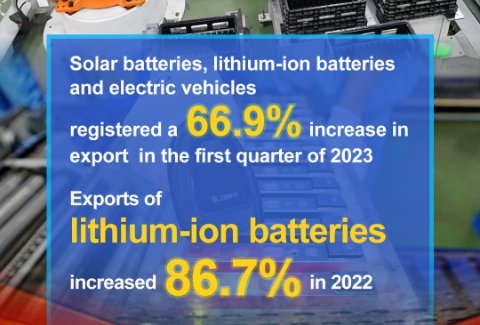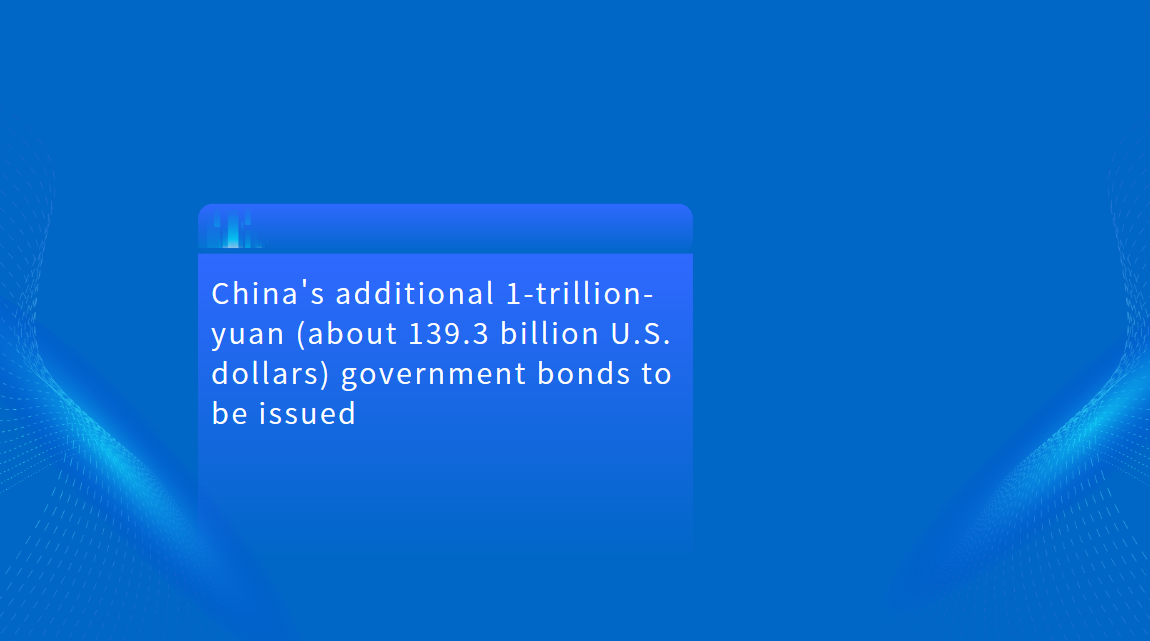China Advances “Technology Board” on Bond Market to Fuel Innovation Finance
This article contains AI assisted creative content
In a significant move to deepen the integration of finance and technology innovation, China's financial regulators announced detailed progress on a dedicated “Technology Board” within the bond market. The initiative, disclosed during a State Council press briefing on May 22, 2025, aims to enhance the bond market's capacity to support technology-driven enterprises and bridge persistent financing gaps faced by early-stage and equity investment institutions.
Deputy Governor of the People's Bank of China (PBOC) and Director of the State Administration of Foreign Exchange, Zhu Hexin, outlined the rationale and key features of the “Technology Board” as part of a broader policy framework entitled “Accelerating the Construction of a Technology-Finance System to Strongly Support High-Level Technological Self-Reliance and Strength”. This policy package reflects the Chinese government's strategic commitment to boost innovation finance and reduce reliance on equity markets alone.
Addressing Financing Challenges with Innovation in Bond Market Design
Zhu explained that traditional equity investment institutions, especially venture capital and private equity funds, face critical funding constraints: their capital is typically light-asset based, investment horizons are long, and borrowing costs in bond markets tend to be prohibitive and short-term. The “Technology Board” specifically targets these issues by enabling flexible, long-term, low-cost debt instruments tailored for technology innovators.
Key differentiators of the “Technology Board” include:
Flexible staged bond issuance allowing issuers to tailor financing schedules to project cash flow cycles.
Simplified disclosure requirements reducing regulatory burden while maintaining transparency.
Autonomous bond structure design, empowering issuers to innovate in coupon payments, redemption terms, and embedded options.
Fee waivers on bond issuance and trading to lower overall financing costs.
Dedicated market-making services facilitating liquidity and price discovery.
Innovative credit rating methodologies calibrated for tech-sector risk profiles.
Crucially, the PBOC is introducing a risk-sharing mechanism to encourage issuance by equity investment institutions. This includes low-cost re-lending facilities and guarantees to absorb potential defaults, in partnership with local governments and credit enhancement agencies. Priority will be given to leading venture capital firms with strong track records, incentivizing higher service standards within the innovation finance ecosystem.
By early May, nearly 100 institutions had issued over RMB 250 billion (approximately USD 36 billion) in “technology innovation bonds,” signaling strong market acceptance.
The Broader Landscape of China's Tech-Finance Integration
Zhu also highlighted the progress in building a diversified financial system to support innovation. Since March 2025, loans to technology SMEs have exceeded RMB 3.3 trillion, growing at an annual pace above 24%. Loans to “Little Giants” — highly specialized and innovative enterprises — have topped RMB 6.3 trillion with a 15.1% year-on-year increase, outpacing average loan growth rates nationally.
Equipment renewal loans, often linked to technological upgrades, reached RMB 1.2 trillion, while bond investments directed at innovative enterprises surpassed RMB 1 trillion. Over 1,900 “Little Giants” have listed on China's A-share market, reflecting vibrant capital market activity in the sector.
To further enhance policy impact, the PBOC announced expansion of re-lending quotas for technology innovation and equipment upgrades from RMB 500 billion to RMB 800 billion, coupled with a cut in re-lending rates from 1.75% to 1.5%. These moves aim to boost both the scale and precision of credit support, encouraging banks to develop tailored services aligned with high-tech firms'unique risk profiles.
Building a Cohesive Tech-Finance Ecosystem
The policy package emphasizes multi-institutional collaboration—banks, insurers, securities firms, and equity investors are encouraged to specialize and coordinate in servicing technology enterprises. Policy and development financial institutions will play a key role in financing national scientific projects.
Recognizing the global nature of many Chinese tech firms, cross-border financial facilitation measures are also underway, including pilots for Qualified Foreign Limited Partnership (QFLP) programs and streamlined foreign exchange management.
In addition, the government promotes an “innovation credit scoring system” nationwide to accurately profile technology SMEs and better direct financial resources. Enhanced information sharing between technology and financial authorities will underpin this effort, addressing a longstanding obstacle for lenders: reliable, data-driven risk assessment.
Regionally, 13 tech-intensive zones, including Beijing and Shanghai, are designated for elevated financial service support, aiming to set best-practice models and promote regional innovation linkages.
Institutional Measures to Ensure Policy Implementation
Zhu stressed that policies alone are insufficient; effective implementation requires improvements in government-industry-finance coordination, data openness, and risk mitigation. To this end:
A financing matchmaking mechanismis being set up to connect major tech projects with financial providers directly.
Standards for technology public data sharingwill be established to aid credit evaluations.
Fiscal tools such as loan interest subsidies and risk compensation will be mobilized to increase financial institutions'risk tolerance, encouraging development of accessible credit products for innovative SMEs.
Contextualizing China's Innovation Finance Push for International Stakeholders
For global financial institutions and multinational corporations, these developments signal China's intensified drive to foster a resilient, diversified innovation finance market that can sustain long-term tech-led growth. The “Technology Board” on the bond market offers a new asset class with tailored risk-return profiles, potentially attractive for foreign investors seeking exposure to China's innovation economy through fixed income instruments.
Cross-border financing facilitation efforts reduce barriers for international capital participation in Chinese tech ventures, complementing broader market liberalization trends.
Furthermore, the policy emphasis on data transparency, credit scoring, and risk-sharing aligns with global best practices, potentially lowering information asymmetry risks often cited by foreign investors in emerging market debt.
Supporting the Real Economy through Monetary Policy Coordination
Two days prior, on May 19, PBOC Governor Pan Gongsheng convened a meeting on financial support for the real economy. The meeting reiterated commitment to a moderately accommodative monetary policy calibrated to balance economic stabilization and risk prevention amid complex external conditions.
The financial system is tasked with stabilizing employment, corporate operations, market confidence, and expectations through effective implementation of monetary and credit policies. These macroeconomic measures provide a stable backdrop for the micro-level financial innovations described above.
Conclusion
China's launch of a dedicated “Technology Board” in the bond market exemplifies a novel approach to bridging finance and innovation, addressing key structural financing gaps faced by technology enterprises and their equity investors. By coupling regulatory flexibility, financial incentives, and risk-sharing mechanisms, the initiative aims to unlock new capital flows into high-tech sectors, supporting China's strategic objective of high-level technological self-reliance.
For international market participants, this represents both an opportunity and a signal of China's evolving capital market sophistication—offering new channels to engage with one of the world's most dynamic innovation ecosystems through debt financing.




















































First, please LoginComment After ~